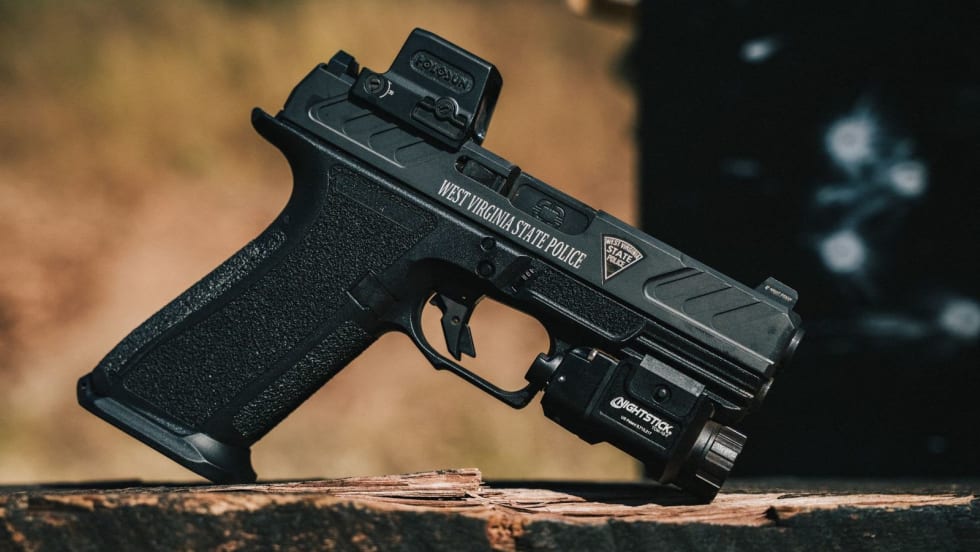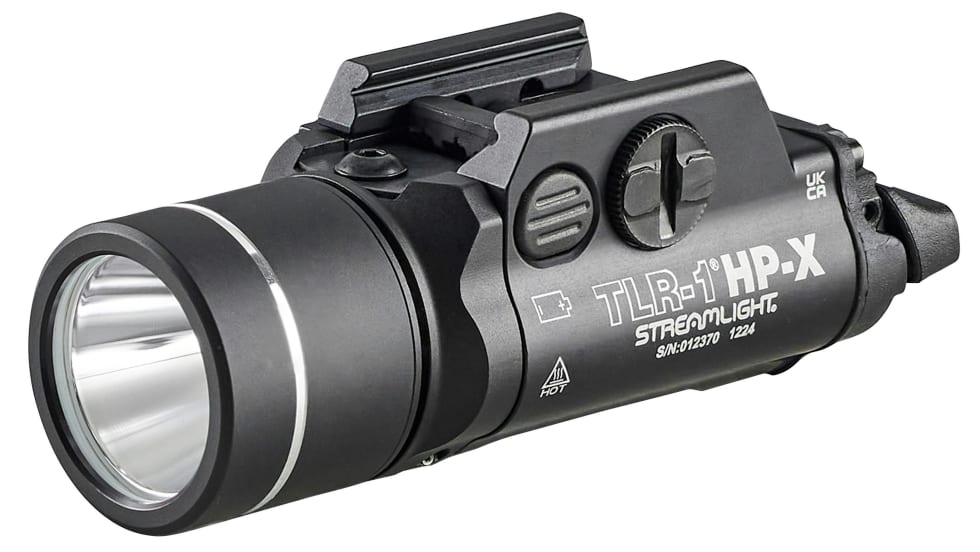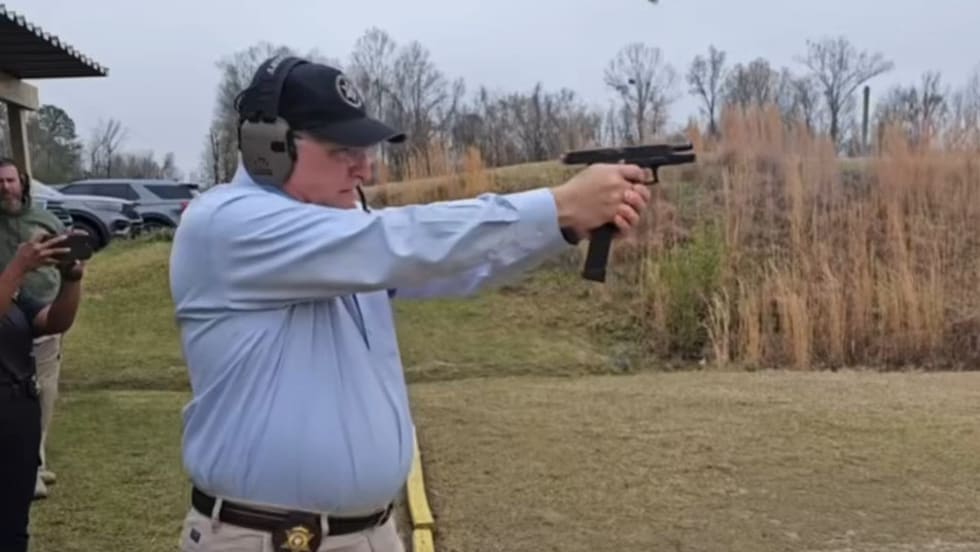But I've come to realize that that is a defeatist attitude. The object is not to get hit, cut, or shot. The goal of any defensive training should be to learn how to end the fight without getting harmed. Can you get hurt in a fight? Absolutely. And if you do, you have to keep fighting; there is no alternative. But if you go into a fight expecting to get hurt, I can guarantee that you will.
In 30 years of law enforcement I have both taught and attended many training courses, and I have come to realize that the best techniques are the simple ones. Techniques that can be learned quickly and retained a long time are the ones that will help you win a fight.
Despite the fact that you are constantly being bombarded with videos and courses purporting to reveal "the latest and greatest" in gun, knife, and hand-to-hand techniques from the SEALs, Delta Force, and Marine Recon, all of the great shooting and fighting techniques have already been discovered. What's happening is some enterprising instructors are putting new slants on old ideas and trying to sell them.
Another thing to remember is that just because a technique works for the SEALs that doesn't mean it will work for you. The members of the Special Operations community train for a living. If they are not engaged in a conflict, they are practicing their skills. How often do you get to train? Once, maybe twice per year?
When asked by POLICE to write this article, I decided to focus on the skills that the average officer needs to maintain to give him or her the confidence, tactical awareness, and weapons proficiency to prevail in a gunfight. Since simple skills work best and training time and money are at a premium, I reviewed the many armed conflicts that I have studied and I thought back to my years on the street to try to break down armed conflict to its most basic components. While I do not claim that this list is all-inclusive, I do feel that it will give you a good idea of what you should learn and practice to help you prevail in armed conflict.









